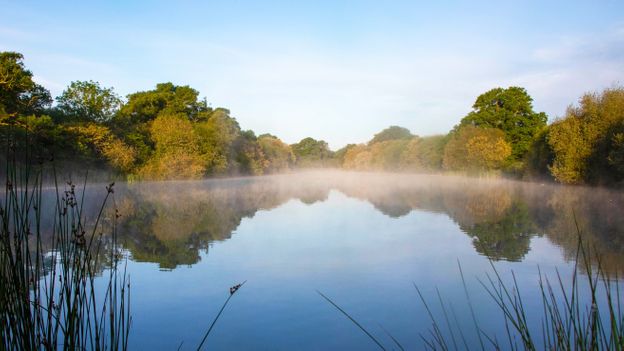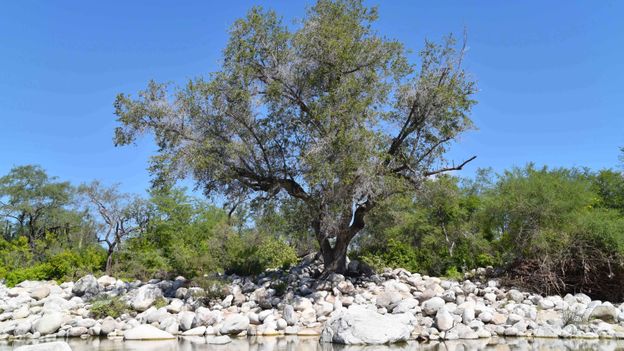In a new publication, the Kew scientists say that, where new trees are needed, the focus should be on letting forests grow naturally, as long as the conditions at the site like soil quality and proximity to existing forests were suitable.
Benefits underestimated
Proponents are arguing for natural regeneration to be taken more seriously in national and international efforts to mitigate the climate and biodiversity crises. Recent research has shown that natural regeneration can potentially absorb 40 times more carbon than plantations, and provide a home for more species. It is also significantly cheaper than tree planting, with different studies in Brazil showing costs reduced by 38%, or even up to 76%.
This could make a significant difference to the costs of international ambitions to restore forests, such as the Bonn Challenge, which is targeting 350 million hectares (1.4 million square miles). This could cost $12 trillion (£8.5tn) if only active tree planting is used.
Not only that, but the ability of naturally regrowing forests to absorb carbon has been underestimated by 32% by the Intergovernmental Panel on Climate Change (IPCC), according to research by US-based environmental organisations the World Resources Institute and The Nature Conservancy, which was published in the journal Nature in September.
The IPCC’s rates are used by many countries to estimate the capacity of forests to absorb carbon, and to report progress towards climate change goals. This strengthens the case for a greater focus on allowing forests to regrow as a climate change mitigation policy, alongside active tree planting, says Susan Cook-Patton of The Nature Conservancy and an author of the report.
The rate at which trees accumulate carbon varies up to 100-fold, depending on factors like climate and soil quality, so the researchers also produced a global map, down to a 1km (0.6 mile) resolution, highlighting areas with the greatest carbon returns from allowing lands to reforest naturally. They hope this will help decision-makers see where natural forest regrowth could have the most impact for climate change mitigation, taking the guesswork out of using the approach.
“There are lots of ways to get trees back into the landscape, including actively planting them, setting up a timber plantation, or letting them grow naturally,” says Cook-Patton. “Our goal is to help people have the information they need to decide which makes the most sense.”
Unrealised potential
So far, the potential for natural forest regeneration has been overlooked in national and international efforts to increase tree cover. Reasons include a lack of recognition that it is a viable restoration option; perverse incentives that favour the clearing of young tree growth for plantation development or other land uses; lack of support by government agencies and other organisations; lack of incentives for local communities; and uncertainty about processes and outcomes, according to the UN’s Food and Agricultural Organization.
Natural regeneration is sometimes criticised for looking “messy”, says Tree. “Humans are such control freaks. The more compelling the climate emergency becomes, the more we feel like we physically have to do something, and our instinct is often to tidy up,” she says.
As more policymakers, conservation organisations and members of the public see the approach in action, the mindset will change, Tree believes. She agrees with Kew’s scientists that natural regeneration of trees should be the default unless there is a specific reason for active planting.












